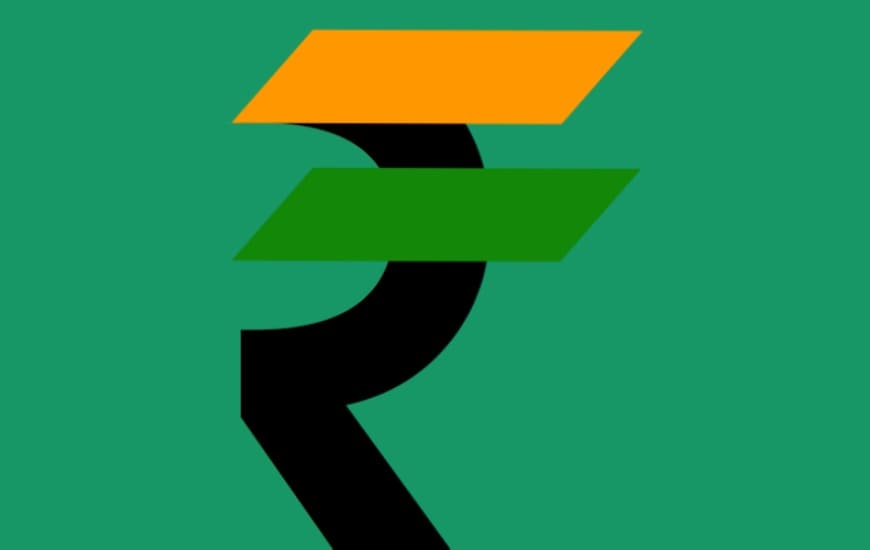
Indian Rupee in the Past – The Hindi word rūpiya comes from the Sanskrit word rūpya and means something like “driven silver, a coin made of silver”. Originally it had an adjectival meaning, namely “well-formed”, in the sense of “coined”, from which the meaning “coin” developed. The noun rūpa from the Dravidian language means “form, image, image”.
By the way, if you are interested in the history of the Indian Rupee, you may be interested in Rupee Casinos! Choose the best and play in your most favorite and familiar currency.
Casinoid’s hint
Rupee in ancient India
In Arthashastra, an ancient Indian political doctrine with partly very modern rules and guidelines, which was written by Chanakya, the prime minister of the first Maurya ruler Chandragupta Maurya (around 340-290 BC), silver coins are mentioned as rūpyarūpa. Gold coins (Suvarnarūpa), copper coins (Tamrarūpa) and lead coins (Sisarūpa) are also mentioned there and rupa means “form or image”.
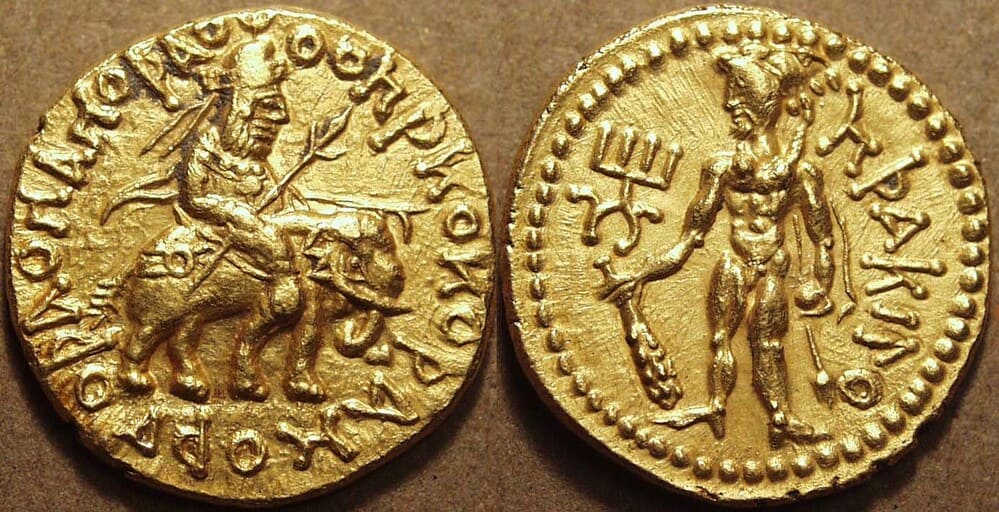
Together with the Chinese wen and the Lydian stater, the Indian rupee from ancient India was already one of the first coins in the world around 600 BC.
There is historical evidence that suggests that the first coins were made sometime between 2500 and 1750 BC. Were introduced. But the first really documented coins date from the 7th and 6th centuries BC. BC and the 1st century AD Because of the manufacturing technique with which they were made, they are also called hallmarked coins.
Arabs and the Indian province of Sindh

In 712 AD the Arabs conquered the Indian province of Sindh and brought their own script and culture with them to India. By the 12th century, the Turkish sultans of Delhi then replaced the old Arabic patterns with their Islamic calligraphy. Their currency was called “Tanka”, the low-value coins were called “Jittals”. The Sultanate in Delhi tried to standardize the currency system and now produced coins from gold, silver and copper.
Rule of the Mughals
In 1528 the rule of the Mughals began, who promoted a unified and consolidated currency system for their entire empire. The Afghan Sher Shah Suri (1540-1545), who introduced the silver rupayya or rupee coin, had a strong influence on this process. The princely states of pre-colonial India minted their own coins, all of which were similar to the silver rupee, but also showed regional differences.
During the late 18th century, when there was much political unrest, banks such as the Bank of Bengal and Bihar, the Bank of Hindustan, the Orient Bank Corporation, and the Bank of Western India were established. These banks printed their own paper money in Urdu, Bengali and Nagri languages.
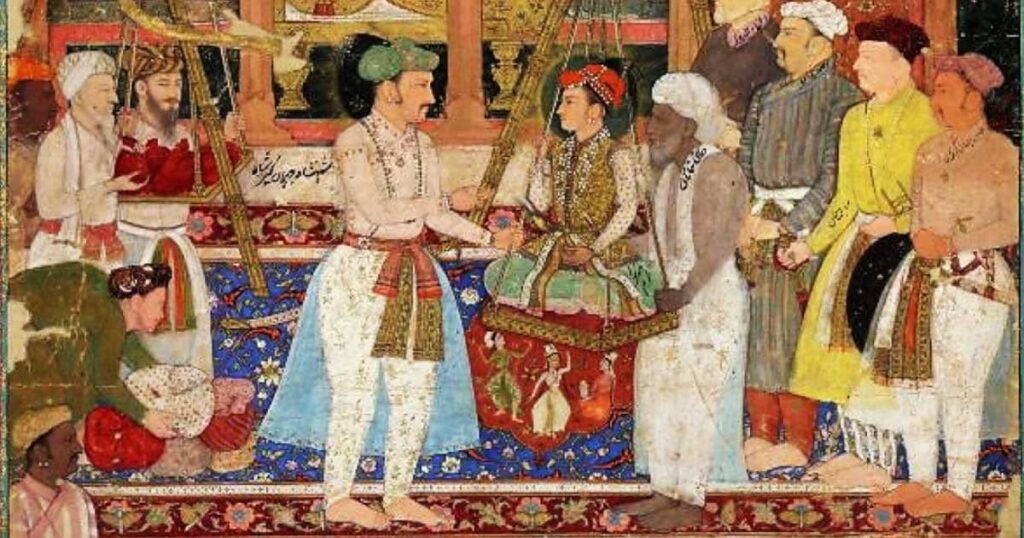
It wasn’t until 1858, when the British crown took control of the roughly 100 prince states and the Mughal Empire ended, that the Indian motifs on the coins were replaced by portraits of the British monarchs to show the supremacy of the British. In 1866, the financial institutions collapsed and control of paper money was also passed to the British government or to the masters, chief accountants and currency controllers. In 1867 a series of banknotes bearing her portrait was printed in honor of Queen Victoria.
Indian rupee nowadays
After the declaration of independence in 1947 and the establishment of the Republic of India in 1950, the design of the modern rupee was adapted again to that of the old rupee. The Sarnath lion emblem was chosen as the symbol for the banknotes, replacing the old George VI series of banknotes. In 1996 the Mahatma Gandhi banknotes were introduced.
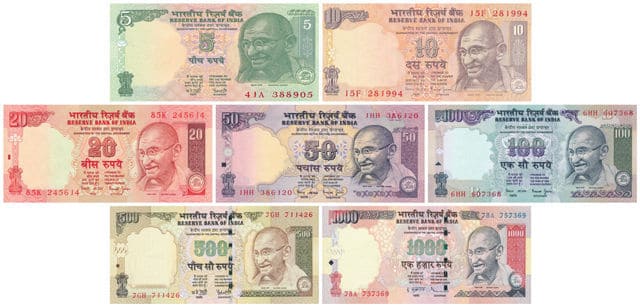
Since 2012, banknotes with a denomination of 5, 10, 20, 50, 100, 500 and 1000 rupees have been in circulation; Coins are available in denominations of 50 paisas, 1, 2, 5 and 10 rupees.
This does not include commemorative coins that are minted on special occasions.
Rupee symbol
The Indian rupee symbol is derived from the Devanagari consonant “र” (Ra) plus an additional horizontal line. The symbol is also somewhat similar to the Latin consonate “R” – for rupee – and the two horizontal lines are reminiscent of the symbols for the euro (€) or the Japanese yen (¥). The first coins with the rupee symbol went into circulation on July 8, 2011.
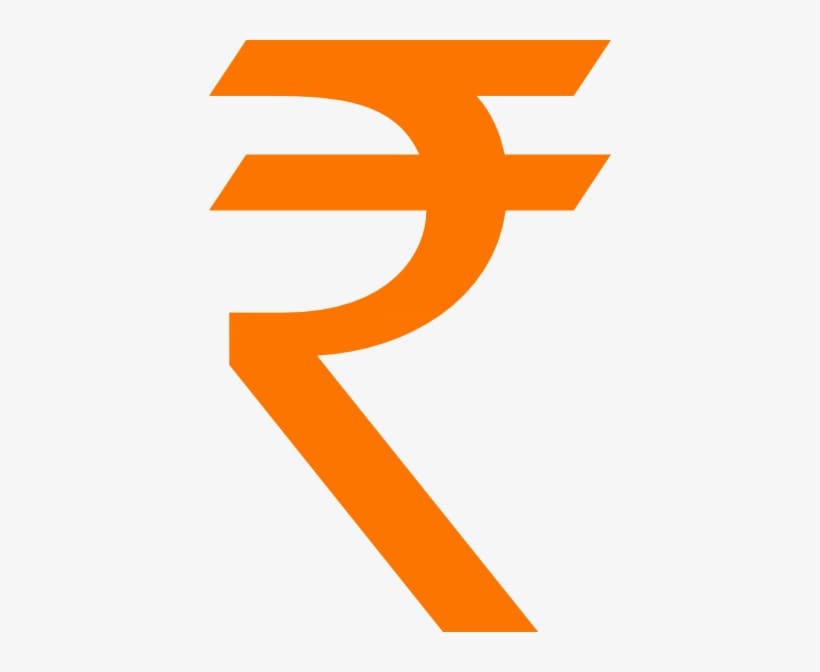
The amount is on each banknote in 17 languages. The face value is given in English and Hindi.
On the back, the value of the note is mentioned in 15 of the 22 official national languages.
These languages, which include Assamese, Bengali, Gujarati, Kannada, Kashmiri, Konkani, Malayalam, Marathi, Nepali, Oriya, Punjabi, Sanskrit, Tamil, Telugu, and Urdu, appear in alphabetical order.
Number System in India
The Indian number system is based on the decimal system, but with two decisive differences to the western system, namely the use of long and short ladders. This system is deeply rooted in everyday payment transactions on the Indian subcontinent.
| Indian name | International name | Indian numerals grouping | International grouping of digits |
| 1 lakh | 100 thousands | 1,00,000 | 100,000 |
| 10 lakhs | 1 Million | 10,00,000 | 1,000,000 |
| 1 crore | 10 Millions | 1,00,00,000 | 10,000,000 |
| 10 crores | 100 Millions | 10,00,00,000 | 100,000,000 |
| 1 Arab | 1 billion | 1,00,00,00,000 | 1,000,000,000 |
| 10 Arabs | 10 billions | 10,00,00,00,000 | 10,000,000,000 |
| 1 kharab | 100 billions | 1,00,00,00,00,000 | 100,000,000,000 |
| 10 kharabs | 1 trillion | 10,00,00,00,00,000 | 1,000,000,000,000 |
| 1 padam (shankh) | 10 trillions | 1,00,00,00,00,00,000 | 10,000,000,000,000 |
| 10 padams (shankhs) | 100 trillions | 10,00,00,00,00,00,000 | 100,000,000,000,000 |
Indian Rupee Security features
The Indian banknotes are specially secured by a number of features, such as a watermark with a portrait of Mahatma Gandhi and a security strip (a silver ribbon) on which there is an inscription in Hindi and in English.
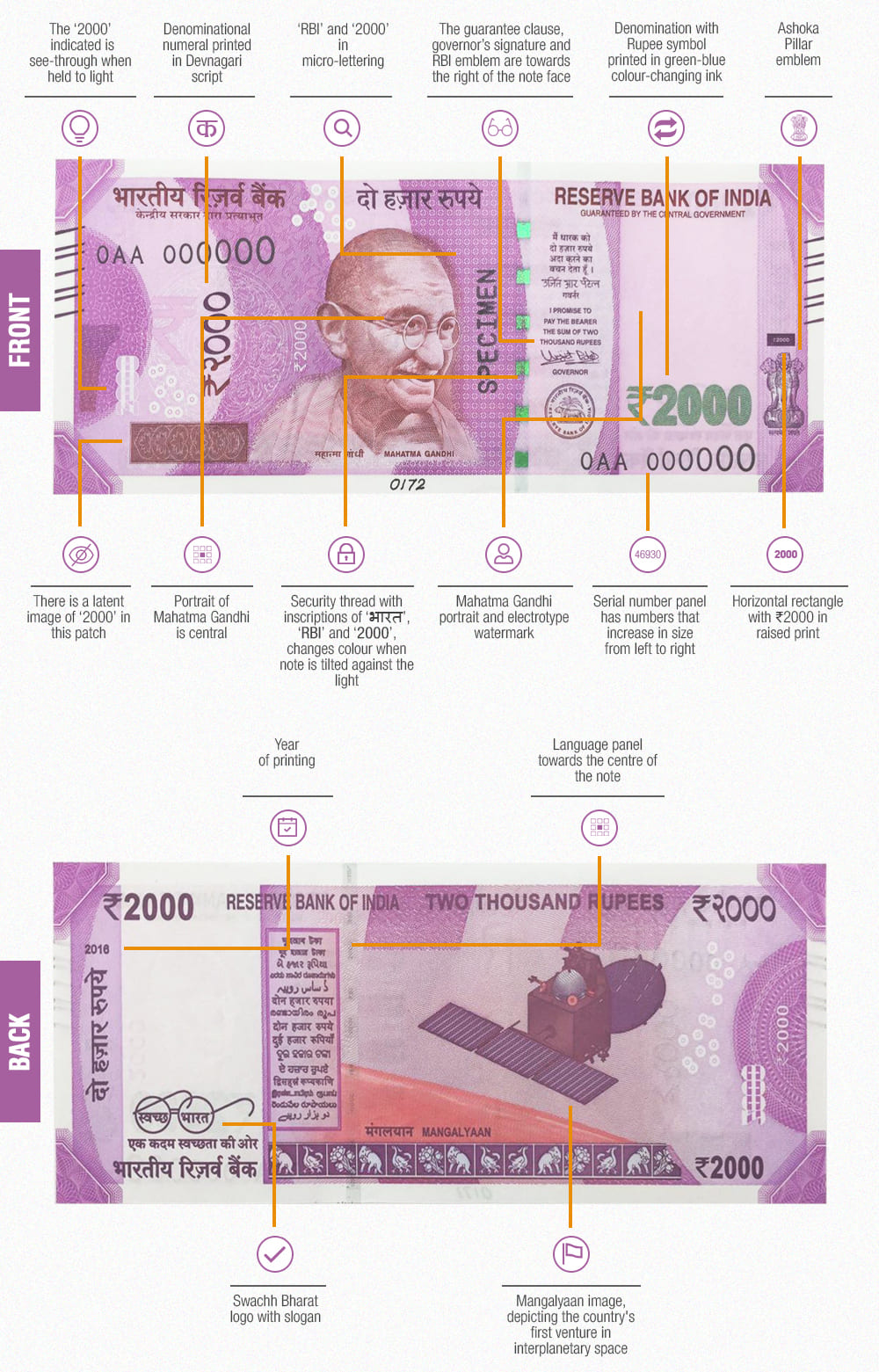
Bills with a value of 20 Indian Rupees or more have a latent image that shows the value when the bills are held horizontally at eye level, a gravure that can be touched, a microprint that can only be read with a magnifying glass and is located between the latent image and the security strip and the value of the banknote also glows under UV light.
Be the first to comment